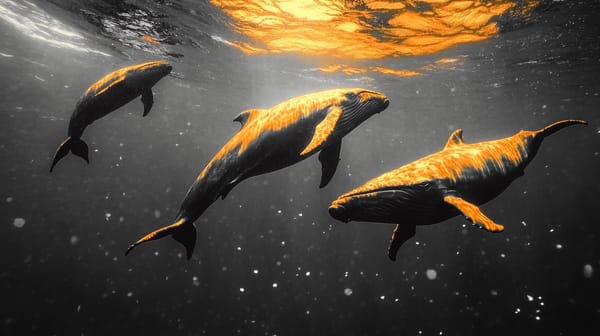The Intersection of Bitcoin and Art Exploring Crypto Art NFTs and Blockchain-Based Ownership

Bitcoin and blockchain technology have revolutionized various industries, and the art world is no exception. The rise of crypto art, non-fungible tokens (NFTs), and blockchain-based ownership has created new opportunities for artists, collectors, and investors alike. In this article, we will explore the fascinating world of crypto art and how Bitcoin and blockchain technology are transforming the way we create, collect, and value art.
Crypto art refers to digital art that is created, stored, and traded on a blockchain, typically using non-fungible tokens (NFTs). NFTs are unique digital assets that represent ownership of a specific piece of digital content, such as an image, video, or audio file. Unlike Bitcoin and other cryptocurrencies, which are fungible (interchangeable), each NFT is one-of-a-kind and has its own distinct value.
The use of NFTs in the art world has several advantages. First, it allows artists to create digital scarcity and prove ownership of their work. By minting their art as an NFT on a blockchain, artists can ensure that there is only one authentic version of their work, even if it can be easily copied or reproduced. This scarcity can drive up the value of the art and create new revenue streams for artists.
Second, NFTs enable fractional ownership and trading of art. Just as Bitcoin can be divided into smaller units (satoshis), NFTs can be divided into smaller fractions, allowing multiple people to own a piece of a single artwork. This fractional ownership can make high-value art more accessible to a wider range of collectors and investors.
Third, blockchain technology provides a transparent and immutable record of ownership and provenance for art. Every transaction involving an NFT is recorded on the blockchain, creating a permanent and tamper-proof history of the artwork's ownership and value over time. This transparency can help to reduce fraud and increase trust in the art market.
Some notable examples of crypto art and NFT sales include:
- Beeple's "Everydays: The First 5000 Days" collage, which sold for $69.3 million at Christie's auction house in March 2021
- CryptoPunk #7523, a digital avatar that sold for $11.8 million at Sotheby's in June 2021
- "The Merge" by artist Pak, which raised $91.8 million through the sale of 266,445 NFTs in December 2021
The rise of crypto art and NFTs has also created new opportunities for collaboration and experimentation in the art world. Some artists are using blockchain technology to create interactive and dynamic artworks that evolve over time based on user input or external data feeds. Others are exploring the use of smart contracts to automate the sale and distribution of their work, or to create new forms of artistic expression that blur the lines between art, finance, and technology.
However, the crypto art market is not without its challenges and criticisms. Some argue that the high prices and speculative nature of NFT sales are unsustainable and may represent a bubble. Others have raised concerns about the environmental impact of blockchain technology, which requires significant amounts of energy to power the computations needed to create and trade NFTs.
Despite these challenges, the intersection of Bitcoin, blockchain technology, and art is likely to continue evolving and growing in the years to come. As more artists, collectors, and investors become familiar with the potential of crypto art and NFTs, we can expect to see new forms of artistic expression, ownership, and value emerge.
In conclusion, the rise of crypto art, NFTs, and blockchain-based ownership represents a significant shift in the way we think about art and value in the digital age. By providing new tools for creating scarcity, proving ownership, and enabling fractional ownership and trading, Bitcoin and blockchain technology are transforming the art world in ways that were once unimaginable. As this space continues to evolve, it will be fascinating to see how artists, collectors, and investors navigate this new landscape and push the boundaries of what is possible at the intersection of art and technology.




